Wildfire Mitigation Strategies
There are three main mitigation strategies to reduce structure loss in communities: home hardening, defensible space, and hazardous fuel reduction. At this time, we are providing assistance for hazardous fuel reduction, but in order to create truly fire-adapted communities it is important that all three strategies are implemented together.
Home Hardening involves changing housing materials, design, and maintenance in order to decrease the risk of homes burning in a wildland fire. Defensible Space includes treating and reducing the fuels in the immediate vicinity of your home to slow the speed and flame height of oncoming fire and reduces the possibility of your home catching fire. Defensible space also provides evacuation routes and a safer environment for firefighters to defend structures.
The focus of the Foundation’s projects is Hazardous Fuel Reduction. Hazardous fuels reduction aims to reduce the continuity of fuels outside the defensible space zone in order to prevent surface fires from becoming high intensity, high severity crown fires. It involves reducing ladder and surface fuels as well as tree crown density by spacing trees and shrubs vertically and horizontally. The longevity of these measures is improved by increasing the height of overstory trees and allowing larger, mature trees to dominate a greater proportion of sites, thereby shading out and controlling understory fuels.
The fuel treatments will be targeted to reduce fire intensity around communities. Strategically placed fuel treatments not only protect structures and evacuation routes, but also can protect the surrounding wildlands from human-caused fires initiated in urban areas. Ecological benefits include controlling undesirable vegetation such as invasive species, improvement of wildlife habitat and rangeland for grazing, and protection of wetlands and riparian corridors.
Trinity County Hazardous Fuel Reduction Project
The McConnell Foundation has been awarded grants to mitigate wildfire impacts around Trinity County communities. The goal of the Project is to reduce risk of wildfire along certain critical corridors within high-priority wildland urban interface (WUI) areas by reducing hazardous fuels.
The first phase of the project began in November 2022. Each area was assessed to determine where fuel treatments could occur given environmental constraints (including archaeological, biological and environmental surveys), topography, access, fuel types, and fuel loading relative to beneficial outcomes. Landowners participated in community outreach events to learn more about Project goals, specific implementation procedures, and Project locations. Then each landowner met with a professional experienced in hazard fuel reduction to develop a site-specific work plan. No vegetation management work will occur if the landowner does not sign the site-specific work plan.
The second phase of the Project will be removal of hazardous fuels and is expected to begin in early 2025. This phase will last approximately 24 months.
The map below identifies the two Project Activity Areas that comprise The McConnell Foundation’s Project scope.
Project Information
The McConnell Foundation is working in partnership with the Trinity County Resource Conservation District (TCRCD) to implement this project. For detailed project information, please refer to the project webpage at the TCRCD’s website under this link: https://www.tcrcd.net/index.php/2014-02-05-08-30-03/trinity-county-wildfire-mitigation-project The project webpage contains project information, project maps, landowner outreach information and project forms, including a Right-of-Entry Agreement that can be downloaded.
Please direct all project-related inquiries to:
Trinity County Resource Conservation District
30 Horseshoe Lane
PO Box 1450
Weaverville, CA 96093
Bethany Llewellyn
bllewllyn@tcrcd.net
(530) 623-6004 ext. 22
Trinity County Wildfire Mitigation Resources
For additional resources on wildfire mitigation and ecosystem management, contact the following:
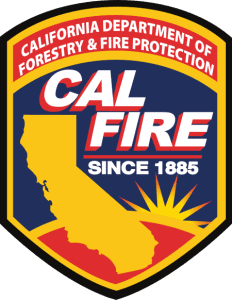
CAL FIRE Shasta-Trinity Unit: www.fire.ca.gov/– Facebook – Twitter
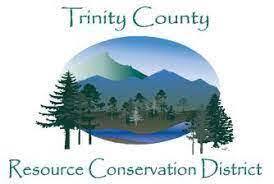
Trinity County Resource Conservation District: www.tcrcd.net/ – Facebook – Twitter
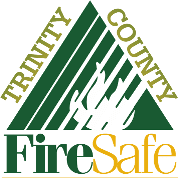
Trinity County Fire Safe Council: www.firesafetrinity.org/ – Facebook
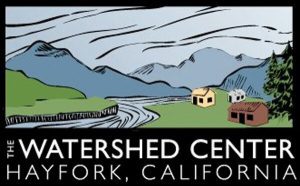
Trinity County Watershed Center: www.thewatershedcenter.com/
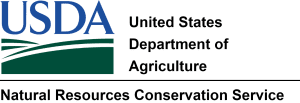
National Resource Conservation Service: www.nrcs.usda.gov/
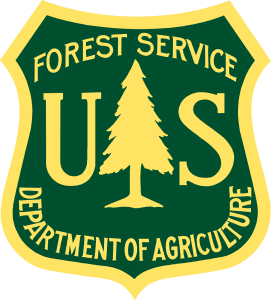
United States Forest Service: www.fs.usda.gov/
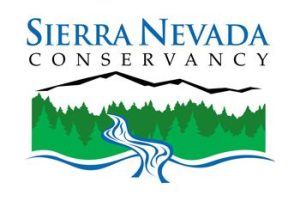
Sierra Nevada Conservancy: www.sierranevada.ca.gov/

The Nature Conservancy: Through the Fire: Restoring Fire Resilience
